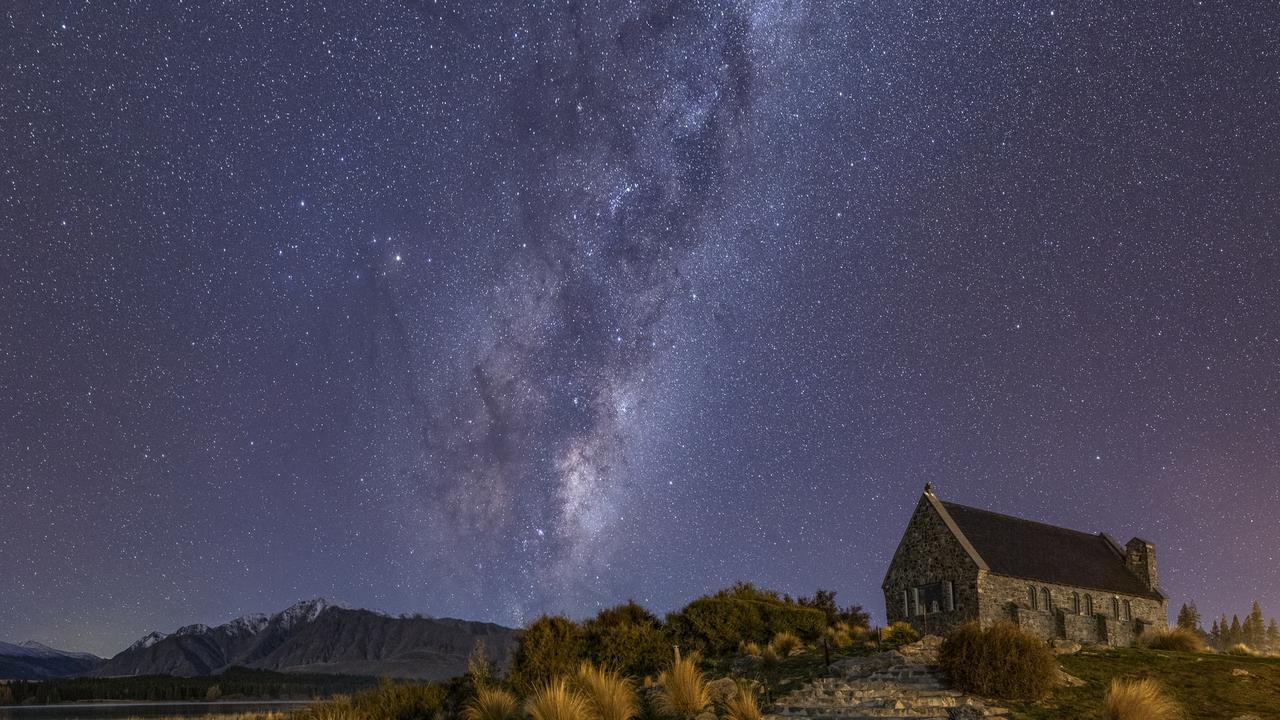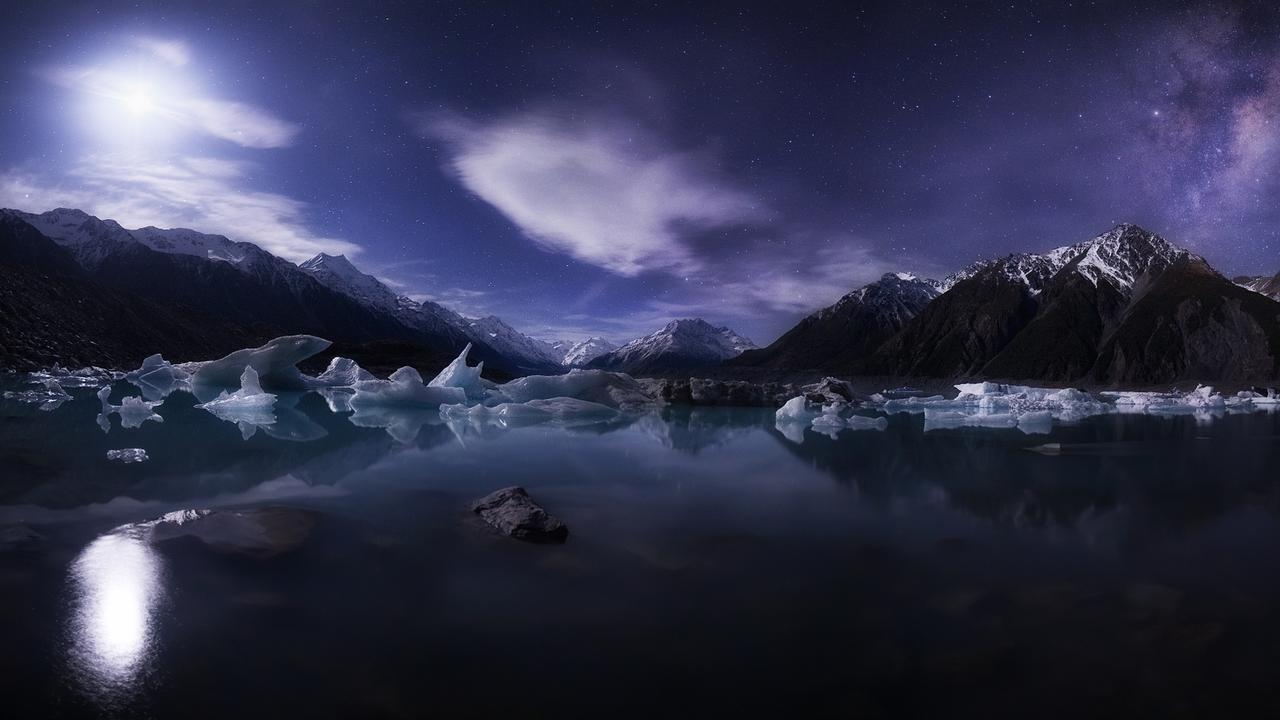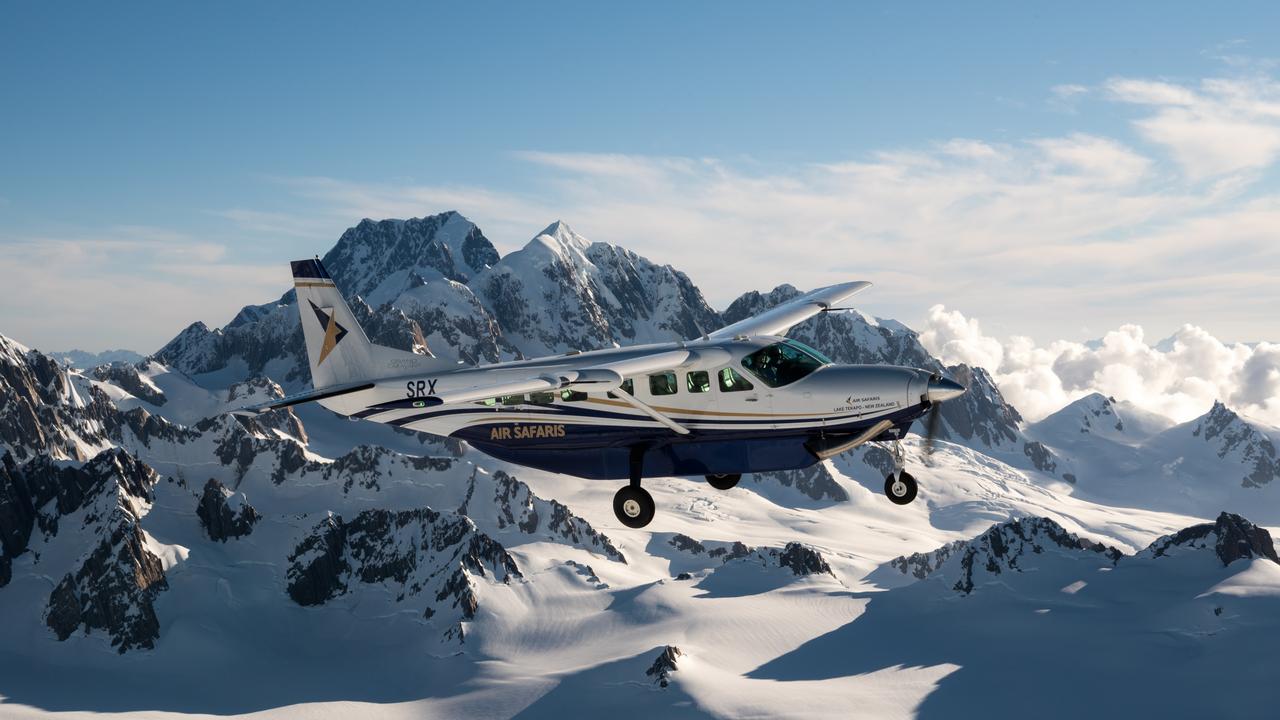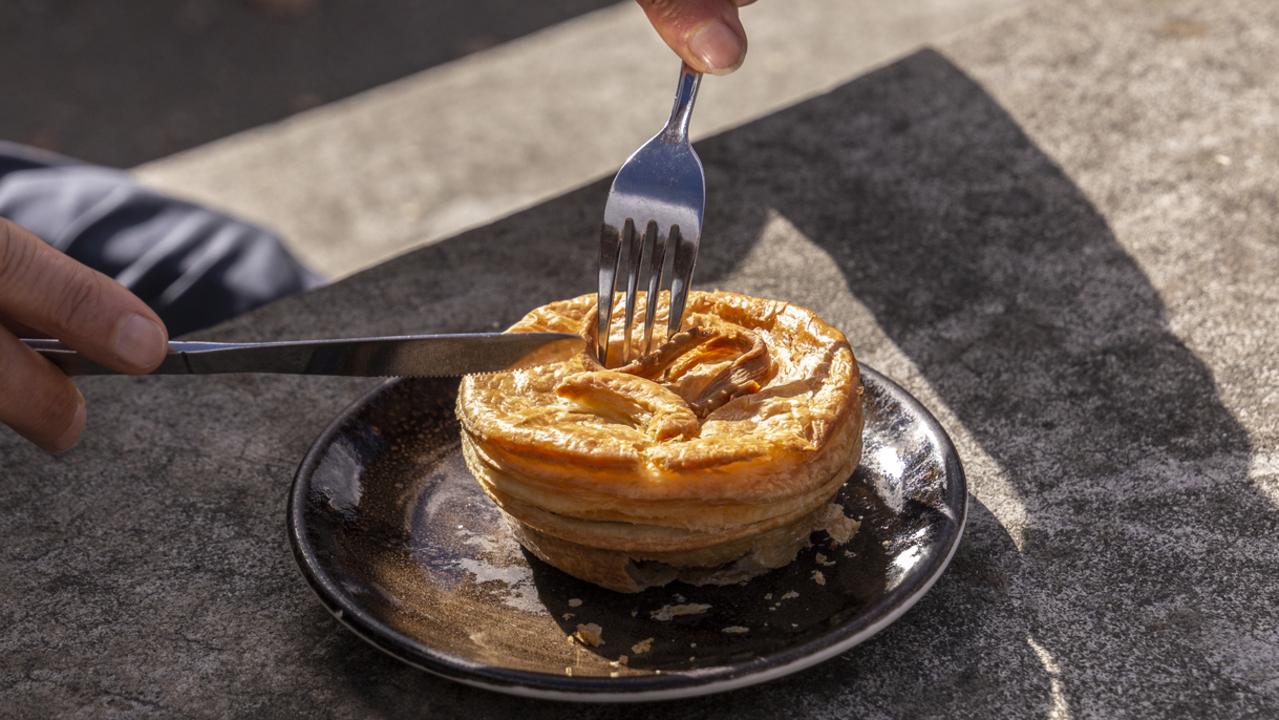The Mackenzie Region: New Zealand’s stunning Dark Sky Reserve
These tiny towns live by strict rules that restrict lights at night, but the reason might surprise you.

Things get eerie come sundown in the Mackenzie Region.
In the tiny towns of the surprisingly baron South Island New Zealand region, local government have ruled that street lights are to be capped and must face downwards.
Strict rules dictate how lighting should be used in their area.
These rules limit how long lights should be on, when they should be on, and how often they should be on.

In some parts of Tekapo and Twizel, a three-hour drive south from Christchurch, the council has installed low-level bollard light with a low light warmth measurement – in other words. The towns are dimly lit with a yellow tinge.
This bizarre yet thoughtful town planning scheme has made the region one of few Dark Sky Reserves in the world and a major tourism drawcard.
What is a Dark Sky Reserve?
A dark-sky reserve is an area, usually set up around an observatory, that restricts artificial light pollution to promote astronomy.
With just 21 internationally recognised reserves worldwide – New Zealand is home to two, doubling Australia’s one.

And Aoraki Mackenzie International Dark Sky Reserve is the second biggest (4,367 sqkm), and one of the clearest in the world.
After becoming the third in the world to be recognised in 2012, significant industry has developed around it – albeit in the darkness.
Taking in the reserve
Today the tiny idilyc lakeside town of Tekapo draws tens of thousands each year who seek out the darkness and stunning night skies.
It plays host to a number of businesses which offer dark sky experiences like stargazing and astrophotography lessons.
There are even hot pools where you can soak up the clear night skies under what is the best star display you’re ever likely to see.

And if you think the difference in clarity would be negligible, it’s not.
The Dark Sky Project in Tekapo offers one of the region’s most hands and informative tours of the Dark Sky reserve.
The Project’s tours are designed to connect to the night skies by exploring working international observatories.

At 1,029m high, the University of Canterbury observatory atop Mt John offers pristine naked-eye stargazing with state-of-the-art telescopes tuned in by working astronomers – if you want to look at some moon craters or peep into deep space.
The stars hold a deep cultural connection in New Zealand, and the Dark Sky Reserves are cherished by the Maori people.

Professor Rangi Matamua is a pioneering MÄori scholar who has revolutionised the understandings of MÄori astronomy.
He explained the significance of the cosmic connection.
“We navigated to New Zealand from the Pacific using stars, our daily activities were guided by the understanding of the sun, moon and stars,” he said.
“It’s in our songs, chants, haka, carvings, and every part of our culture.
“Stargazing is vital and significant for our culture because each tribal group have their own slightly different interpretation at times, so if you remove the ability to see the sky where they are, it removes that element of their unique culture.”
Gems down the backroads
Down the Mackenzie backroads, in a patch of land between Tekapo and nearby Twizel, there are plenty of other unique ways to take in the stars while also lapping up its daytime beauty.
Ex-big city movers and shakers Kaye and Luke Paardekooper fled Wellington a little over a decade ago to the Mackenzie’s wide-open pastures in what can only be described as a total lifestyle flip.

They opened what is now Mt Cook Lakeside Retreat on the turquoise Lake Pukaki.
Over the years, they battle through aches of invasive pine to construct what is now a luxury oasis hellbent on being the most relaxing place in New Zealand – complete with a homestead, villa accommodation, a cellar/ observatory hybrid, lakeside wedding lawns and the breathtaking Moraine Lodge – where you can tuck into four-course “trust the chef” fine dining culinary experience.

Trust me, trust the chef.
Kaye and Luke, as accommodating as they come, told me their guests share with them the cherished feeling of escaping to the country from whatever city stresses they may have while not forsaking comfort.
“We just love to share this,” Luke said.
“We love sharing the beauty and the peace of this place with our guests. “It’s a place to relax and just take in the peacefulness, and we make sure we offer what we can to make it peaceful.

“…This is too much for just us two,” he chuckled over a veal lunch at the Moraine Lodge.
Further towards the lake, near the stunning wedding lawn, is the Wine Cellar and Observatory occupying four thick concrete walls – which also keep the wine cool.
The Paardekooper’s have teamed up with some of New Zealand’s leading wineries to populate the cellar while also keeping plenty of whiskey on hand too.


The Observatory itself has a retractable roof providing a large window to the stars with a 6-inch refractor telescope capable of spotting rings on Saturn’s rings and the bands of Jupiter.
There is even the ability to attach a DSLR camera to capture photos of your favourite stars, galaxies or planets.
Is it just stars?
Definitely not, The Mackenzie region is the gateway to Mount Cook, New Zealand’s tallest mountain with ski fields and epic glaciers to boot, while the plains host an array of amazing lakes brimming with salmon and hydro-electric canals, which powers 20 per cent of the nation.
Tekapo is also a launchpad for scenic flights and helihikes to Mt Cook the glaciers of the eastern slopes.

A self-guided Hydro Heritage Trail crisscrosses a network of awe-inspiring canals and power stations spanning the plains, which began its 16 year long around the clock construction in 1968, employing over 1,500 workers.
The sheer magnitude of earth carved through the plains offers an incredible look at the scale of mass engineering expertise and gruelling work.

As hydro now hums along in the background of the Mackenzie, the 18 stops of the Hydro Heritage Trail give great context for the communities that grew around it, into what they are today.

And while not so much on the tourist radar as Tekapo is, Twizel, the Mackenzie Region’s largest town, also features many cafes, bars, restaurants, and boutique shops.

With five lakes within minutes, it’s a handy home-base for boating, fishing, ski-ing, swimming in the warmer months and, of course, stargazing.
It is also the closest town to Mt Cook, 45 minutes away.
Eating in the Mackenzie
The TLV at Tekapo is one of the newest additions to town, with the lakeside setting offering up a beautiful vista across the lake.
The semi-fine indoor and outdoor dining establishment deals in locally sourced European cuisine food with a Greek touch accompanied by a great range of New Zealand & international wines.

Barker’s Foodstore and Eatery in Geraldine, which you will pass through on your way to or from the Mackenzie by road, makes a great lunch stop.
Barkers to Kiwis is a household brand synonymous with quality food products, and it’s eatery at its original site offers a seasonally inspired food and beverage menu where its products are put to work.
Another “must visit” is the famous Fairlie Bakehouse, the brainchild of international culinary veteran Franz Lieber and wife, Christine.

Just look for the traffic jam on Fairlie’s main street and get adventurous with their experimental pork belly and apple pie with crackling on top or a bacon and salmon pie.
It has been reported that customers have waited in line for almost seven hours for the famous pie.
This writer travelled to New Zealand as a guest of Tourism New Zealand






